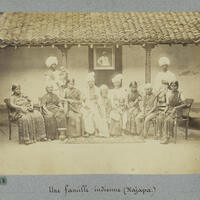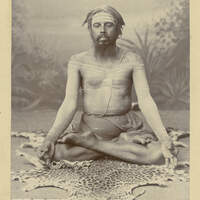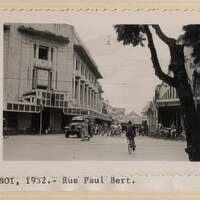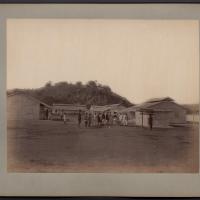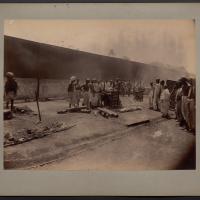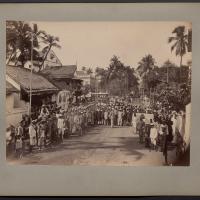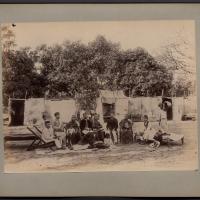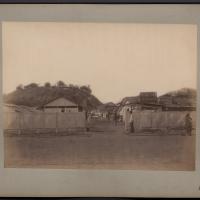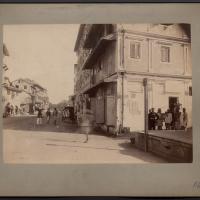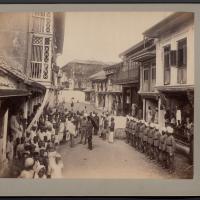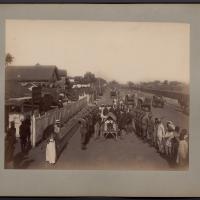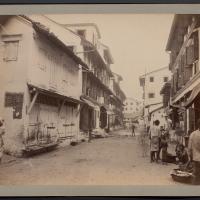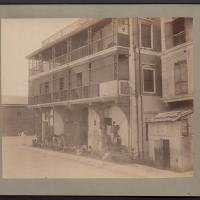No. 3. - Washing buildings and dwellings and flushing house gullies with Municipal steam pump in foreground and fire engine in background. A fire of wood and sulphur burns in front of the building - October 1896
Classe
Image fixe
Type
fre
Photographie
Titre
eng
No. 3. - Washing buildings and dwellings and flushing house gullies with Municipal steam pump in foreground and fire engine in background. A fire of wood and sulphur burns in front of the building - October 1896
Créateur
Éditeur
fre
Inconnu
Numérotation de l'éditeur
3
Date
Couverture temporelle
Couverture spatiale
Format
fre
3 fichiers JPEG (planche recto : 3,68 Mo ; planche verso : 3,80 Mo ; photographie : 4,94 Mo)
fre
3 vues
Technique et dimensions
fre
Épreuve à l'albumine sur papier montage sur carton
fre
19*24,5 cm
Autre numérotation
fre
13 (numérotation manuscrite de Louis Dumoulin au verso du cliché)
Propriétaire
Provenance
fre
Bibliothèque de l'ancien Musée des colonies (Paris)
Marque(s) d'appartenance
fre
Tampon bleu au nom de Louis Dumoulin
Source
fre
Université Côte d'Azur. BU Lettres Arts Sciences Humaines. Fonds ASEMI
Cote
PH104-13 bis
Droits
fre
Domaine public
Identifiant pérenne




















Description
Scène de rue à Bombay, pendant l'épidémie de peste de 1896-1897. Comme l'indique la légende au verso, on y assiste à la désinfection par l'eau d'un bâtiment infecté ; un feu de bois et de soufre est également mentionné dans la légende. Comme le signale son tampon, ce cliché a été acheté par le peintre Louis Dumoulin lors de l'un de ses voyages en Extrême-Orient. Le MET, qui possède un tirage de ce cliché, identifie le photographe comme étant un certain "Shivshanker Narayen". La British Library attribue plutôt ce cliché à F.B. Stewart ; il porte dans leur collection le titre : "Flushing engine cleaning infected houses".
Annotations
Les Indes Bombay (annotation manuscrite de Louis Dumoulin au verso)

